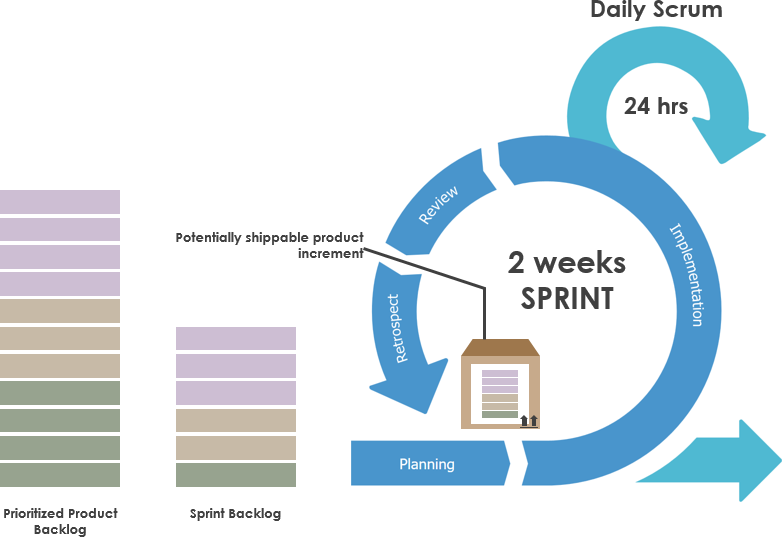Navigating Agile Development: Understanding the Dynamics of Product Increment, Potentially Shippable Product, and Shipping
Introduction
In the ever-evolving landscape of software development, Agile methodologies have emerged as a beacon of adaptability and efficiency. Within the Agile framework, three crucial components—Product Increment, Potentially Shippable Product, and Shipping—play distinctive roles in shaping the development process. Each contributes to the iterative and flexible nature of Agile, providing a nuanced approach to product development.

Let’s delve into the contrasts among these components to gain a comprehensive understanding of their individual significance and collective impact on the Agile journey.
Product Increment, Potentially Shippable Product, and Shipping
Let’s break down the components in Agile—Product Increment, Potentially Shippable Product, and Shipping.
-
Product Increment:
- Definition: It is the sum of all backlog items completed during the current sprint.
- Significance: Reflects the progress made within a single sprint, showcasing tangible outcomes.
- Timeframe: Limited to the duration of a single sprint, typically 2-4 weeks.
- Focus: Emphasizes short-term goals and iterative development.
-
Potentially Shippable Product:
- Definition: It signifies a state of confidence or readiness for shipping of the “product increment”.
- Significance: Represents a level of completeness and quality that makes the product potentially deployable.
- Timeframe: Typically at the end of each sprint, but may accumulate over multiple sprints.
- Focus: Balances speed with quality, allowing for adaptability to business needs.
-
Shipping:
- Definition: The process of delivering the product to the end-users or customers.
- Significance: Involves a business decision, considering factors like market timing, feature completeness, and customer needs.
- Timeframe: May or may not coincide with the end of a sprint; decision-driven.
- Focus: Aligns with business goals, ensuring that the product’s release meets strategic objectives.
Here’s a tabular representation of the contrasts among the components in Agile:
| Component | Product Increment | Potentially Shippable Product | Shipping |
|---|---|---|---|
| Definition | Sum of backlog items in the current sprint | State of confidence for potential shipping | Process of delivering the product to end-users |
| Significance | Reflects progress within a single sprint | Represents readiness for potential deployment | Involves a business decision for product release |
| Timeframe | Limited to the duration of a single sprint | Typically at the end of each sprint | May or may not coincide with the end of a sprint |
| Focus | Short-term goals and iterative development | Balances speed with quality | Aligns with business goals and strategic objectives |
| Readiness Level | Immediate completion of sprint backlog items | High level of completeness and quality | Business decision-driven readiness for release |
| Decision Point | Sprint completion | End of each sprint, but may accumulate | Strategic decision point for product release |
| Scope | Short-term and sprint-specific goals | Broader perspective on overall readiness | Strategic and business-oriented perspective |
I hope this table provides a clearer visual representation of the contrasts among these Agile components!
Summary
In the realm of Agile development, the Product Increment serves as a microcosm of progress, encapsulating the sum of completed backlog items within a single sprint. Contrasting this is the concept of a Potentially Shippable Product, a state of heightened readiness and quality that extends beyond a sprint, laying the groundwork for potential deployment. The decision to ship, occurring at the intersection of business strategy and accumulated features, marks the culmination of iterative cycles. This triad—Product Increment, Potentially Shippable Product, and Shipping—forms a dynamic ecosystem, balancing short-term goals with long-term readiness, and embodying the essence of Agile development.

